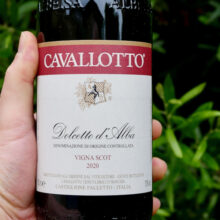
Product information
Cavallotto Dolcetto d’Alba Vigna Scot 2020
$53
Description
This is the gear you drink to stop you from hoovering your Barolo before it’s ready. Cavallotto are making exceptional wines across the board. Their Dolcetto has so much going on. Layers and layers of flavours, stunning texture, it just opens up beautifully in the glass.
Cavallotto’s single vineyard Dolcetto Vigna Scot hails from 2.3 hectares of 30-year-old vines located within Castiglione Falletto’s legendary Monprivato vineyard. These Dolcetto vines face east, meaning it is cooler and later-ripening. On these great soils, the mature vines, low yields and traditional winemaking result in a layered, deep and remarkably serious Dolcetto.
While the vast majority of Langhe Dolcetto is raised in stainless steel, the Cavallotto family prefer to use cement tank and 5,000-litre Slavonian botti. This helps to avoid Dolcetto’s tendency for reduction and also polishes off its tannins. As always, the 2020 is a Nebbiolo drinker’s Dolcetto (if you know what we mean) and one that bats well above its station.
Out of stock












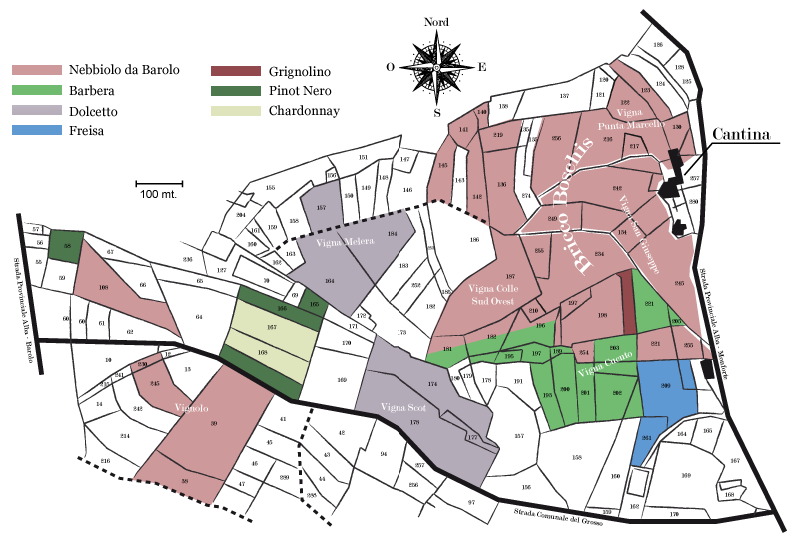
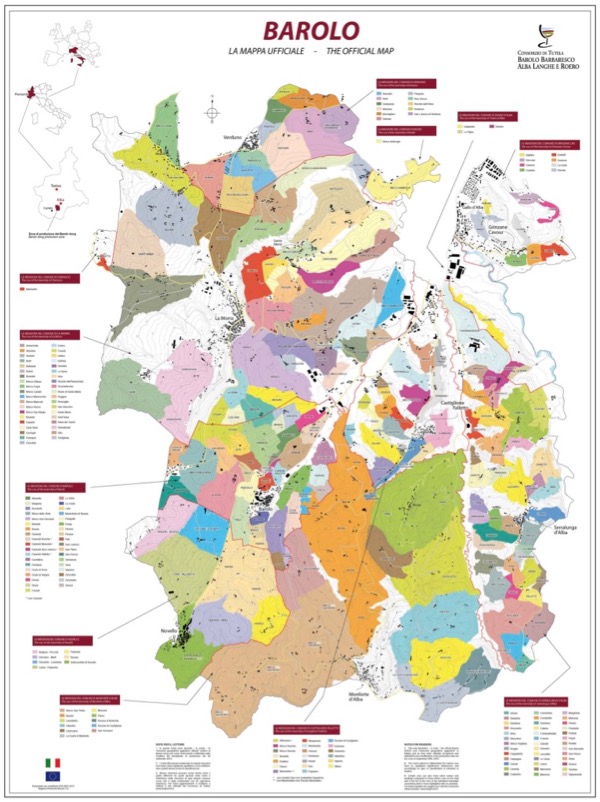
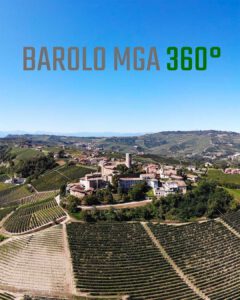

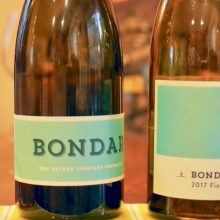
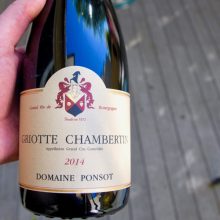

You must be logged in to post a comment.